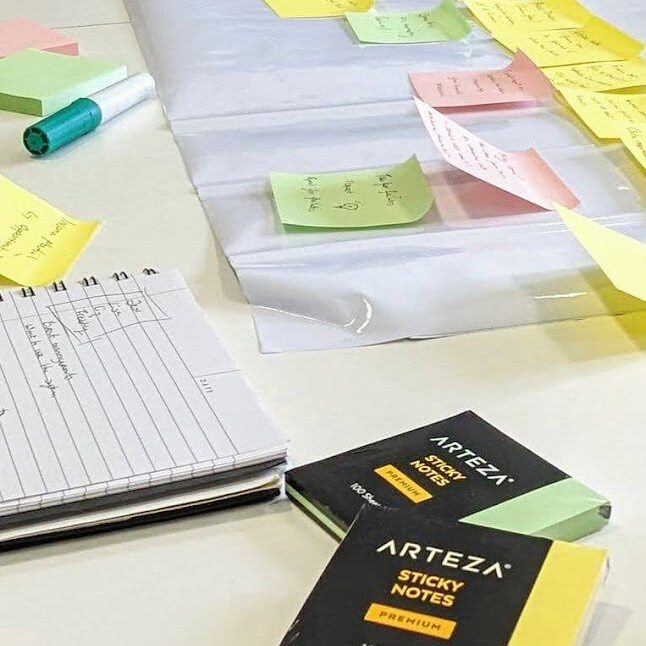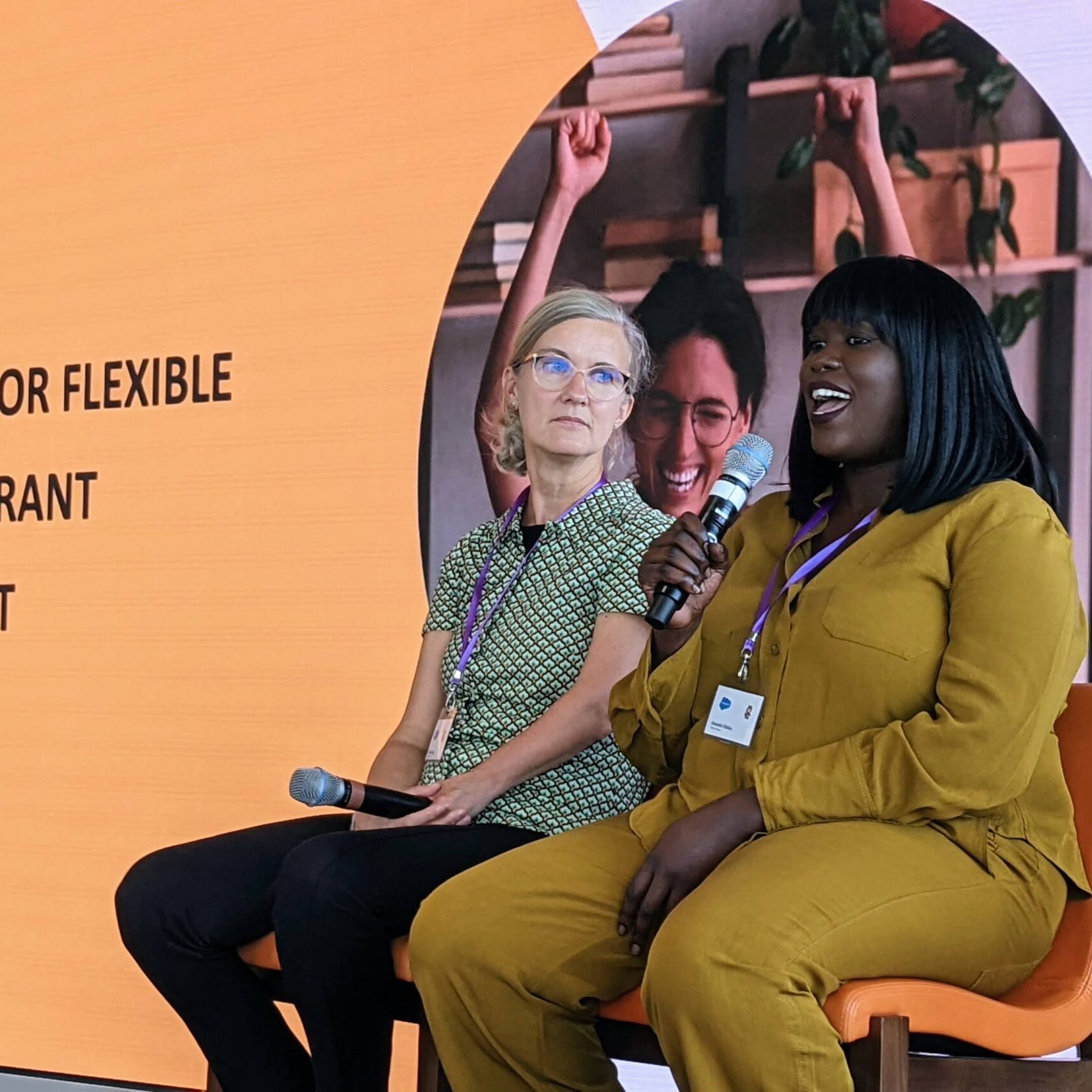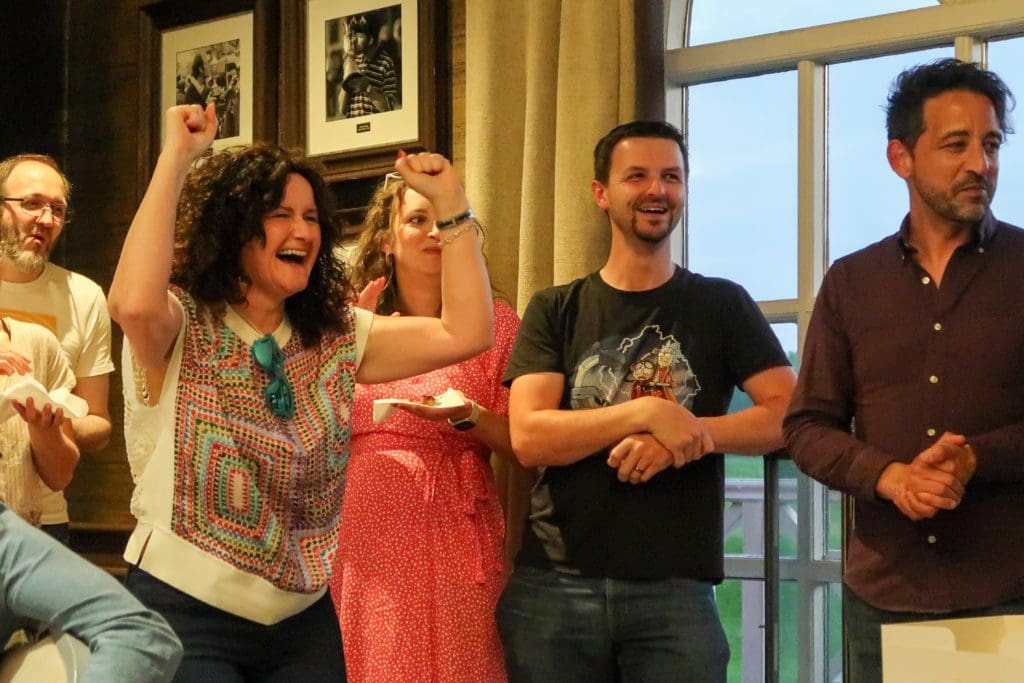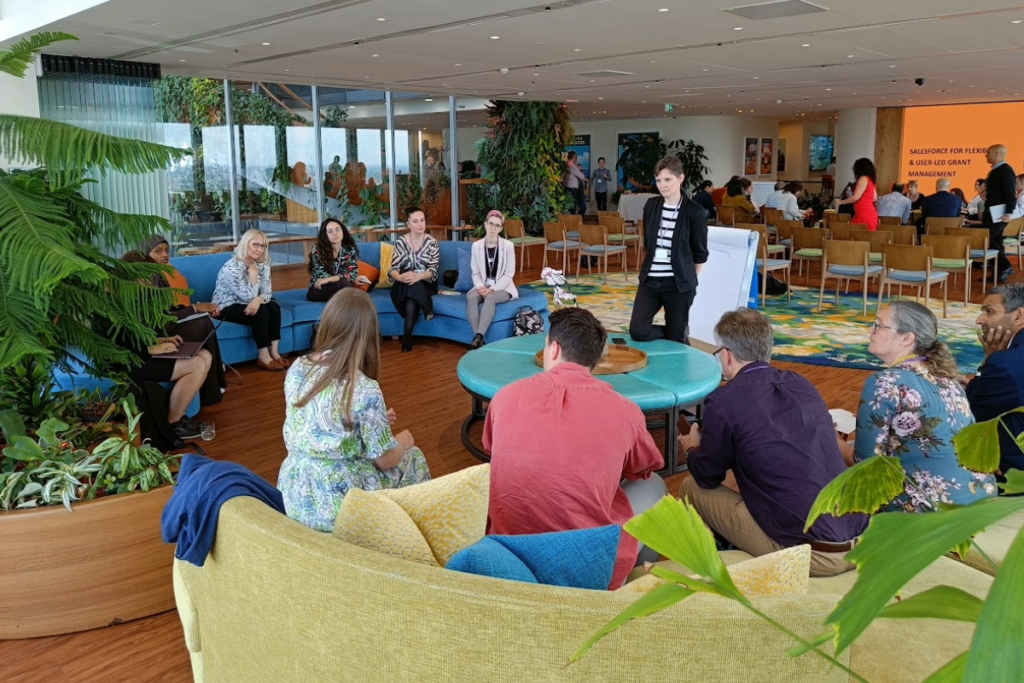Funders Collaboration Group: Service Design Special
To kick off our Summer of Service Design, our June Funders Collaboration Group (FCG) session focused on all things Service Design. The FCG provides a platform for funders to join together to discuss common issues and tackle problems together.
We wanted to give the group the opportunity to find out a bit more about how Service Design could help them and their users. We also helped to explore concerns or barriers that could prevent organisations from implementing Service Design practices. Levels of experience and understanding of Service Design techniques and their benefits varied amongst the group, which highlighted just how important it is that we continue to provide this platform for sharing.

Eight Tips to Effectively Introduce Service Design
We also discussed the benefits that our customers’ grantees could realise through adopting Service Design practices, or by bringing in outside support if resources are an issue. Funders expressed an interest in supporting grantees to do this in the future, and could see how this could let funds be used more effectively and help their grantees to become more self-sufficient.
This session has really helped us at Hyphen8 to better understand the challenges our clients face. Not only in adopting Service Design techniques, but also in recognising the need for Service Design and planning appropriately. If you work in a non-profit, and you think it might be the right time to start thinking about Service Design, get in touch to see how we can help.






